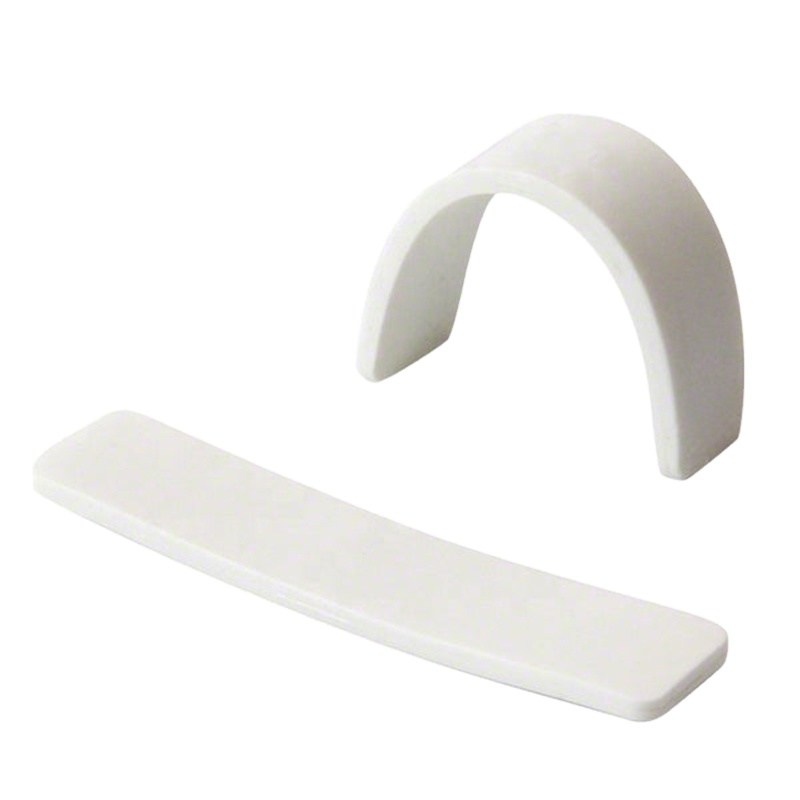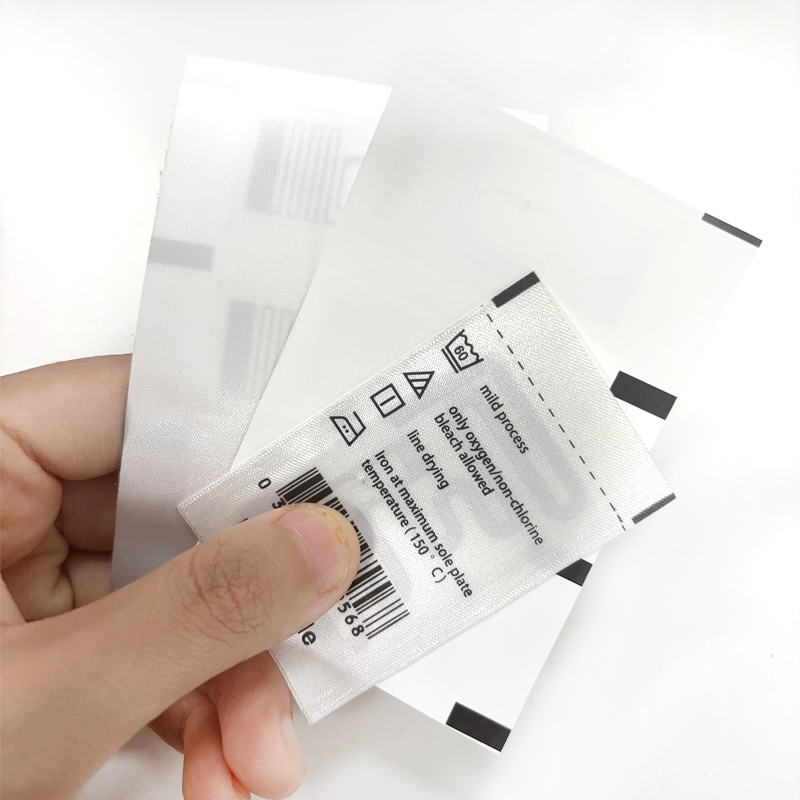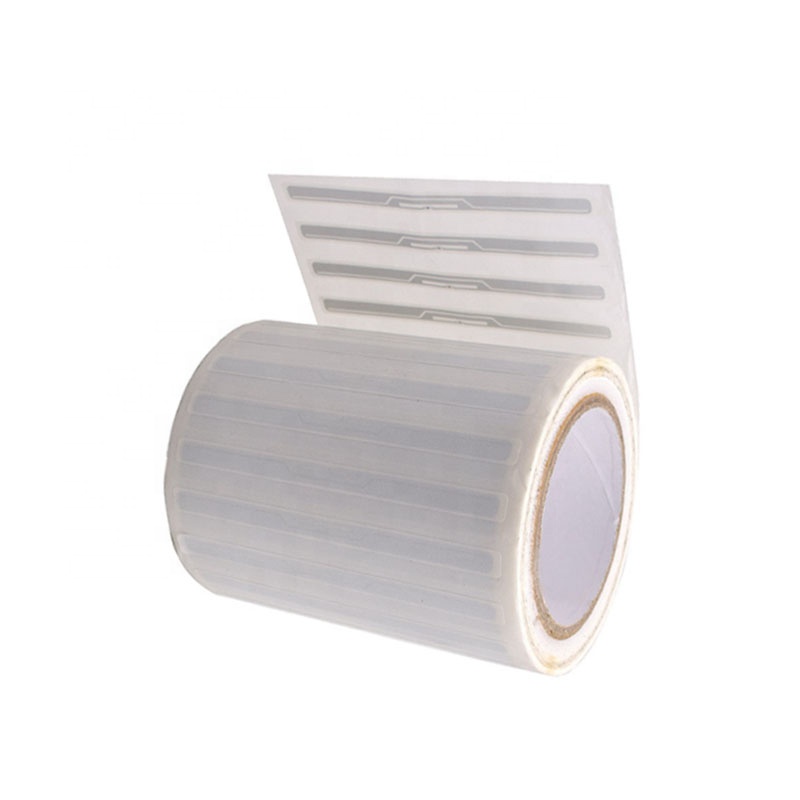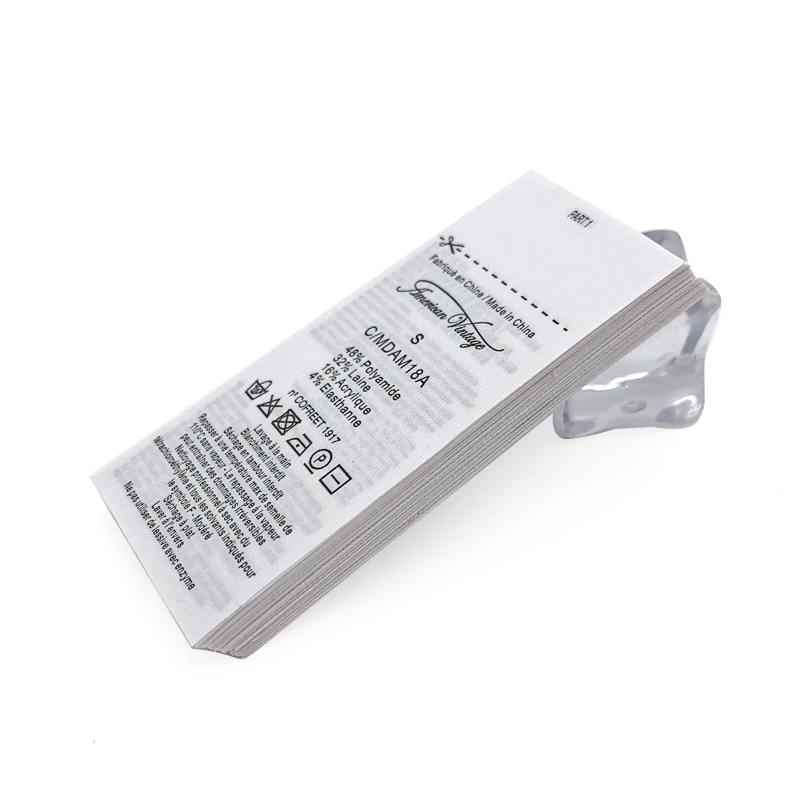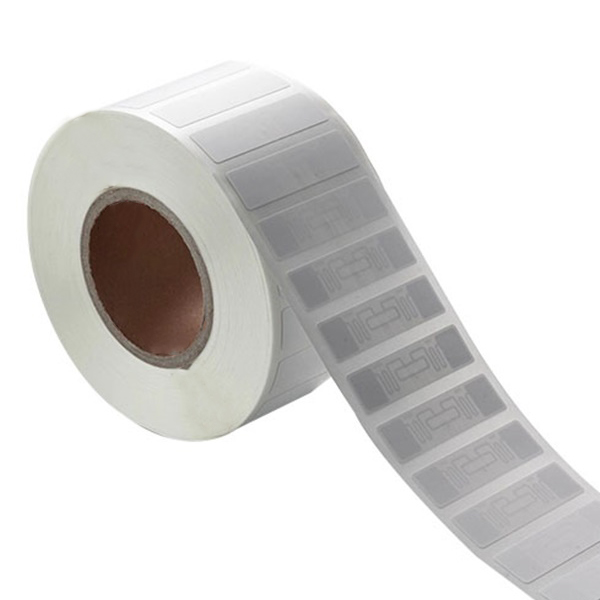As cities grow larger, more and more garbage is produced. How to deal with this garbage quickly and well has become a major concern for everyone. Traditional garbage collection methods are often inefficient and have many problems, such as: no one knows when the garbage can is full, the garbage truck does not know where to go, and it consumes fuel if it drives too far. In order to solve these problems, more and more cities are beginning to use a high-tech technology called “RFID” (radio frequency identification) to make sanitation work smarter and more efficient.
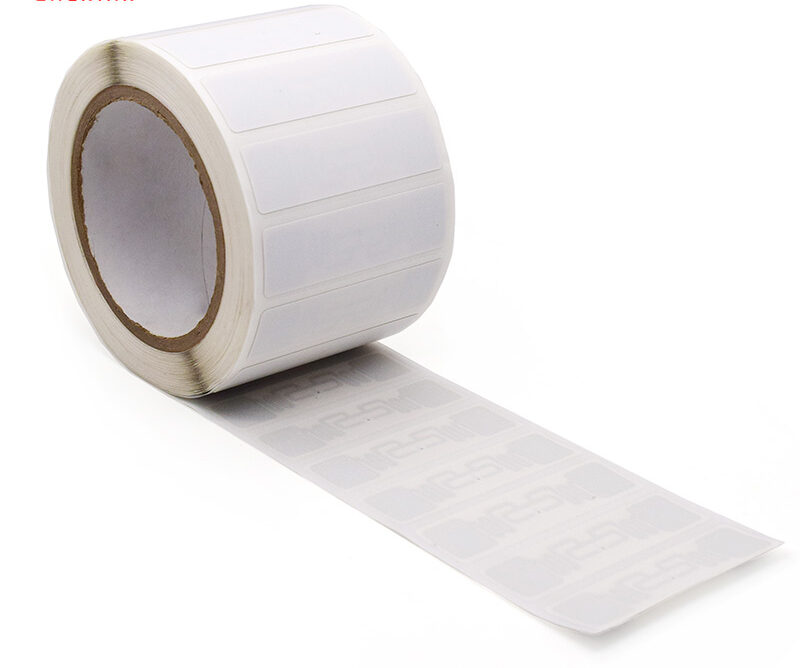
What is RFID technology?
In simple terms, RFID is like an “identity card system for urban garbage.” A small label is attached to each garbage can, which can store information. There is a device on the garbage truck that can “scan” the label when it drives over, and immediately know where the garbage can is, whether it is full, and whether it has been cleaned. This process does not require manual operation and is completed automatically.
How does RFID help sanitation work?
Install an “identity card” on the garbage can
Each garbage can is attached with an RFID label, which contains the location and number of the garbage can. For example, if the number is “ZX-TR4561”, we can tell which street and location this trash can is at a glance.
The garbage truck will automatically “call the roll”
The garbage truck is equipped with an RFID reader, and it will automatically “call the roll” before each trash can to confirm whether the can has been collected or missed. Avoid the situation of “coming here but not collecting the garbage”.
Real-time monitoring, keep track of the situation at any time
At the garbage disposal station, staff can see the status of all trash cans through the system, such as which one is full, which one is still empty, and which one needs to be sent to collect immediately. You can even see which road each car has taken, how long it has stopped, and how many cans it has collected.
With GPS, the garbage truck will not run around
The car is also equipped with GPS (positioning system), which can know the location of each car at any time. If it is found that the car has deviated or is not following the planned route, the system will immediately remind you, greatly improving safety and efficiency.

How RFID Enhances Waste Management
RFID technology addresses these challenges by providing real-time data collection, enabling better decision-making and route planning. Here’s how it works:
RFID-Enabled Garbage Bins and Trucks: Each garbage bin is equipped with an RFID tag that is linked to its specific location information. A UHF RFID reader installed on the garbage truck reads the tag as the truck collects waste. This helps track the bin’s operation, ensuring timely collection.
Real-Time Data Collection and Monitoring: RFID readers are installed at key sanitation stations to collect data from the RFID tags. These readers monitor when and where garbage bins are emptied, creating a database of the sanitation system’s operations. Geographic location tags placed along collection routes help to optimize and track sanitation vehicle movements, allowing for better planning and monitoring.
GPS Integration for Vehicle Tracking: A GPS system installed on sanitation vehicles (e.g., garbage trucks, sweepers) allows the real-time tracking of vehicle locations. This data, combined with RFID technology, enables the system to optimize routes, monitor truck speeds, and ensure vehicles follow prescribed paths, eliminating inefficiencies.
What are the benefits of using RFID?
Garbage no longer “bursts”: the system can give early warnings and arrange garbage trucks to collect in time, so you will no longer see garbage piles everywhere.
Save time and fuel: According to data, the most road-saving route is formulated, and the car will take fewer detours, which will naturally save fuel and money.
Fewer mistakes: In the past, it was done by people, but now it is done by the system, so there will be no omissions, no extra trips, and fewer mistakes.
Environmental protection and sustainability: Fewer cars will run less, and the exhaust gas will be less, which will help reduce the city’s carbon footprint.

